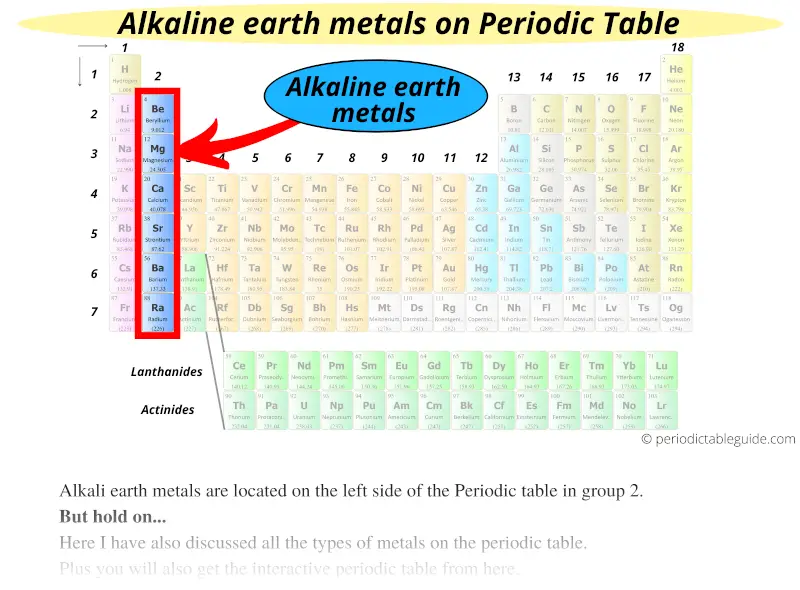

Within the group, as we go down, the ionization energies of alkali metals decrease due to their atomic size being the largest in their respective periods.
 Alkali metals have the lowest ionization energy in each period. On moving down the group, there is increase in the number of shells and, therefore, atomic and ionic radii increase. As we move within a period, the atomic radius and ionic radius tend to decrease due to increase in the effective nuclear charge. General Characteristics of Alkali Metals Atomic and ionic radiiīeing the first elements of each period, alkali metals have the largest atomic and ionic radii in their respective periods. The electronic configurations of alkali metals are: The electronic configurations of alkali metals Thus, the general configuration of alkali metals may be written as ns 1 where 'n' represents the valence shell. Electronic configurationsĪll the alkali metals have one electron in their outermost 's' orbitals preceded by the noble gas configuration. Francium being radioactive does not occur appreciably in nature. Rubidium and cesium are obtained as a by-product of lithium processing. Potassium occurs mainly as deposits of KCl (sylvite), which is a mixture of KCl and NaCl (sylvinite) and double salt KCl.MgCl 2. Rock salt (NaCl) is the major source of sodium.
Alkali metals have the lowest ionization energy in each period. On moving down the group, there is increase in the number of shells and, therefore, atomic and ionic radii increase. As we move within a period, the atomic radius and ionic radius tend to decrease due to increase in the effective nuclear charge. General Characteristics of Alkali Metals Atomic and ionic radiiīeing the first elements of each period, alkali metals have the largest atomic and ionic radii in their respective periods. The electronic configurations of alkali metals are: The electronic configurations of alkali metals Thus, the general configuration of alkali metals may be written as ns 1 where 'n' represents the valence shell. Electronic configurationsĪll the alkali metals have one electron in their outermost 's' orbitals preceded by the noble gas configuration. Francium being radioactive does not occur appreciably in nature. Rubidium and cesium are obtained as a by-product of lithium processing. Potassium occurs mainly as deposits of KCl (sylvite), which is a mixture of KCl and NaCl (sylvinite) and double salt KCl.MgCl 2. Rock salt (NaCl) is the major source of sodium. 
NaCl and KCl also occur in large amounts in seawater. Sodium and potassium are seventh and eighth most abundant elements by weight in the Earth's crust and together make up over 4% of the Earth's crust by weight. Compounds of sodium and potassium have been known from ancient times. It is the 35 t h most abundant element by weight. Lithium occurs mainly as silicate minerals such as spodumene, lepidolite etc. They constitute alkali metals because they readily dissolve in water to form hydroxides, which are strongly alkaline in nature. The six elements belonging to group 1 of the periodic table, namely lithium (Li), sodium (Na), potassium (K), rubidium (Rb), cesium (Cs) and francium (Fr) are called alkali metals.







 0 kommentar(er)
0 kommentar(er)
